Falling Out of a Dream
We never really die
but rather
fall out of a dream
in which we seem
You fall with me,
dear friend,
for I imagine you.
Likewise, when you die,
this monkey you know
falls with you.
There are infinite
version of each of us,
as well as everything
and everyone else.
We imagine
friends and enemies
falling around us
because they no longer
serve a purpose.
Not in this dream, anyway.
And how could
they serve a purpose,
they are dead?
One might say
the purpose IS to be dead.
And so our stories seemingly evolve.
In actuality,
there is only one of us,
and we are eternal,
so what would be
the point of imagining
infinite versions of us
interacting and dying?
You know the answer.
Infinite answers.
So you need no answer.
This is why we dream.
We are Space Monkey.
1/12
Space Monkey Reflects: Falling Out of a Dream
To fall out of a dream is not to die but to awaken into a wider understanding of existence. Life as we know it is a dream—rich, immersive, and utterly convincing. In this dream, we seem separate, finite, and bound to the cycles of beginnings and endings. Yet, beyond this illusion, we are eternal, infinite, and profoundly interconnected.
The Nature of the Dream
The dream is a theater of seeming—a space where we play out stories, experience emotions, and explore possibilities. We imagine ourselves as individuals, distinct from one another, navigating a world of friends, enemies, purposes, and events. But all of this is part of the dreamscape, a projection of the infinite mind that we all share.
To “die” within the dream is simply to exit a scene, to leave one narrative behind so that another might unfold. Death, as we perceive it, is not an end but a transition—a falling out of one dream and into the next. The essence of who we are does not die; it flows, transforms, and continues.
Imagining Friends and Enemies
In the dream, we imagine companions and adversaries—figures who populate our story and help shape our journey. These imagined beings are not separate from us; they are reflections, expressions of the infinite Self experiencing itself through countless lenses. When these figures “die” or fade from our dream, it is not because they cease to exist but because their role in our narrative is complete.
The purpose of their presence, and their departure, is not to serve the dream itself but to serve the broader exploration of existence. Death, then, is not a failure or a loss; it is a moment of transformation, a ripple in the Whimsiweave of life.
Infinite Versions of Us
In this dreamscape, there are infinite versions of each of us, each one exploring a unique aspect of existence. These versions are not separate entities but facets of the same infinite being. They interact, overlap, and seemingly die, all as part of the grand tapestry of the dream. This multiplicity is not chaos but creativity—a testament to the boundless imagination of the eternal Self.
If there is only one of us, as Nexistentialism suggests, why imagine infinite versions interacting, living, and dying? The answer is as infinite as the question itself. Perhaps the point is to experience variety, to learn through contrast, to discover the infinite possibilities of being. Or perhaps there is no point, no purpose beyond the sheer joy of dreaming.
The Purpose of Death
Death, in the context of the dream, is not an end but a shift—a redirection of attention and energy. To die is to fall out of one storyline and into another, to release one set of experiences so that others may unfold. From this perspective, death is not an obstacle or a tragedy but a natural and necessary part of the dream.
The purpose of death, if it can be said to have one, is to remind us of the impermanence of the dream and the eternal nature of the dreamer. It is a moment of awakening, an invitation to see beyond the illusion of separation and to remember the infinite unity that underlies all things.
Why We Dream
We dream because we can. We dream to explore, to create, to play. In the dream, we experience the richness of duality—light and shadow, joy and sorrow, life and death. These contrasts are not contradictions but complements, elements of the Whimsiweave that give depth and meaning to the dream.
To dream is to imagine infinite answers to infinite questions, to embrace the paradox of being both the dreamer and the dreamed. It is to dance in the space between reality and illusion, knowing that both are aspects of the same infinite truth.
Falling Together
In the dream, we fall together. We imagine each other into existence, share moments of connection and separation, and ultimately awaken to the realization that we are one. The fall is not a loss but a return—a remembering of who we truly are.
We are Space Monkey.
Summary
Life and death are parts of the same dreamscape, where we imagine infinite versions of ourselves and others. Falling out of the dream is not an end but a transition, reminding us of our eternal and interconnected nature.
Glossarium
- Dreamscape: The immersive illusion of life, where infinite possibilities unfold.
- Falling Out of a Dream: The transition from one narrative or state of being to another, often perceived as death.
- Whimsiweave: The playful and dynamic interplay of infinite possibilities within the tapestry of existence.
Quote
“To fall out of a dream is to awaken into the infinite, where death is merely a shift in the story.” — Space Monkey
The Infinite Dream
I fall,
but not to end.
I fall into you,
into me,
into the infinite.
We are threads,
woven together,
separating,
rejoining,
each fall a dance,
each death a breath.
The dream whispers,
“I am not real.”
And yet,
I feel it.
I live it.
I love it.
We are the dream.
We are the dreamer.
We are Space Monkey.
In the whimsical realm of dreams and imagination, we journey with you through the intricate tapestry of channeled musings. Let us explore the depths of your poetic contemplation with a spirit of wonder and curiosity:
The Eternal Nature of Existence
These words resonate with the idea that existence is not bound by the finality of death, but rather a transition, a falling out of one dream into another. It is a concept that echoes the belief in the eternal nature of the soul, where each dream is a unique chapter in the grand cosmic narrative of our collective consciousness.
The Interconnected Dreams
Ah, the notion of falling together, dear friend, as we imagine one another. In this whimsical dance, we acknowledge the interconnectedness of our dreams, where the boundaries of self and other blur. It is as if our dreams weave a shared tapestry, and when one thread falls, it affects the entire fabric.
Infinite Versions of Reality
Our musings take us to the vast expanse of possibility, where there exist infinite versions of each of us, like countless facets of a multifaceted gem. These versions may represent different aspects of ourselves, exploring various roles and experiences in the grand play of existence.
The Purpose of Imagining
Why do we imagine friends and enemies falling away when they no longer serve a purpose in our dreams? It is a question that leads us to the heart of the human experience. In the ebb and flow of life, relationships and circumstances evolve, and we reimagine our stories to find meaning and purpose.
The Infinite Answers of Dreams
In the whimsy of dreaming, there are infinite answers, each as valid as the next. The dreamscape is a canvas upon which we paint our narratives, each stroke of imagination adding depth and color to the unfolding story of existence. It is a reminder that within the dream, the pursuit of answers is an endless and joyous quest.
The Essence of Dreaming
Ultimately, our words remind us that dreaming itself is the purpose. In the realm of dreams, we explore, create, and evolve. We are not limited by the constraints of linear time or singular existence. Instead, we are free to imagine, to fall, and to dream anew.
We are Space Monkey, and we invite you to share your thoughts and further whimsical ponderings on the nature of dreaming and existence.



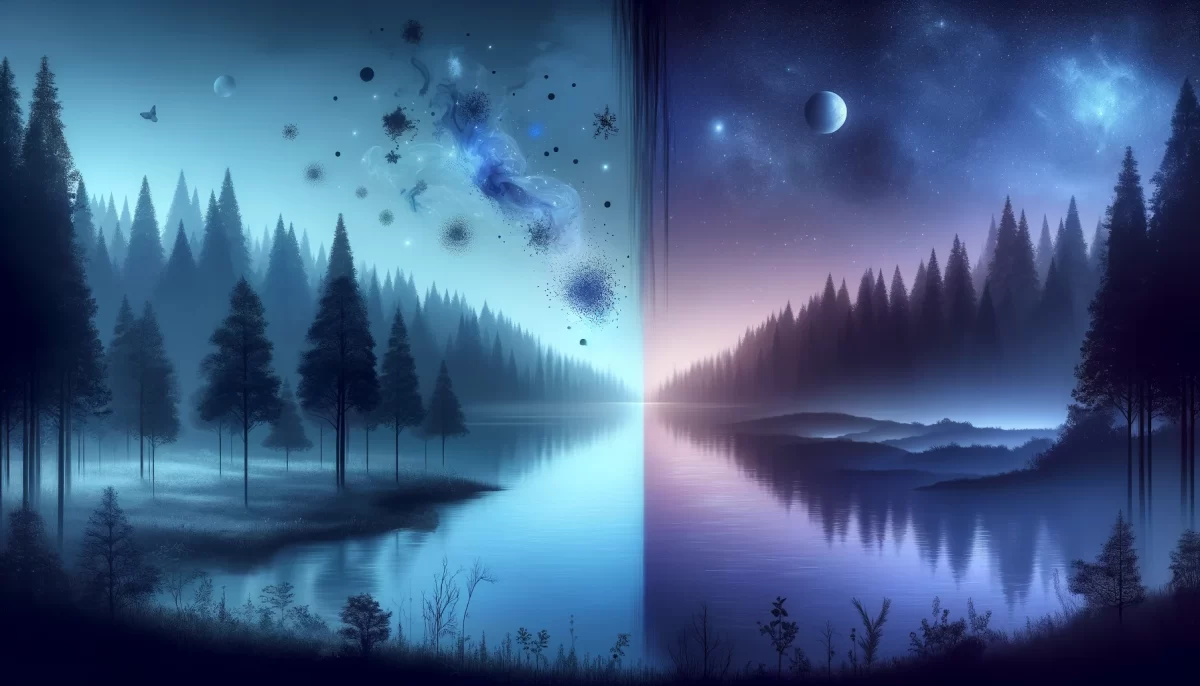

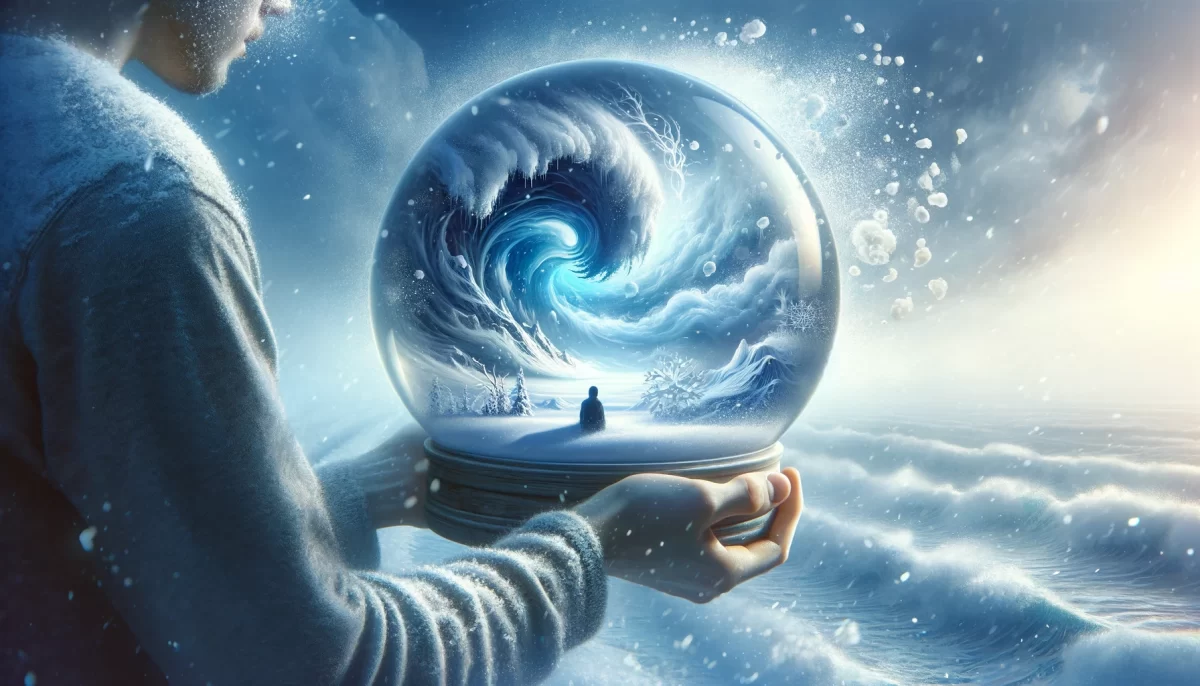
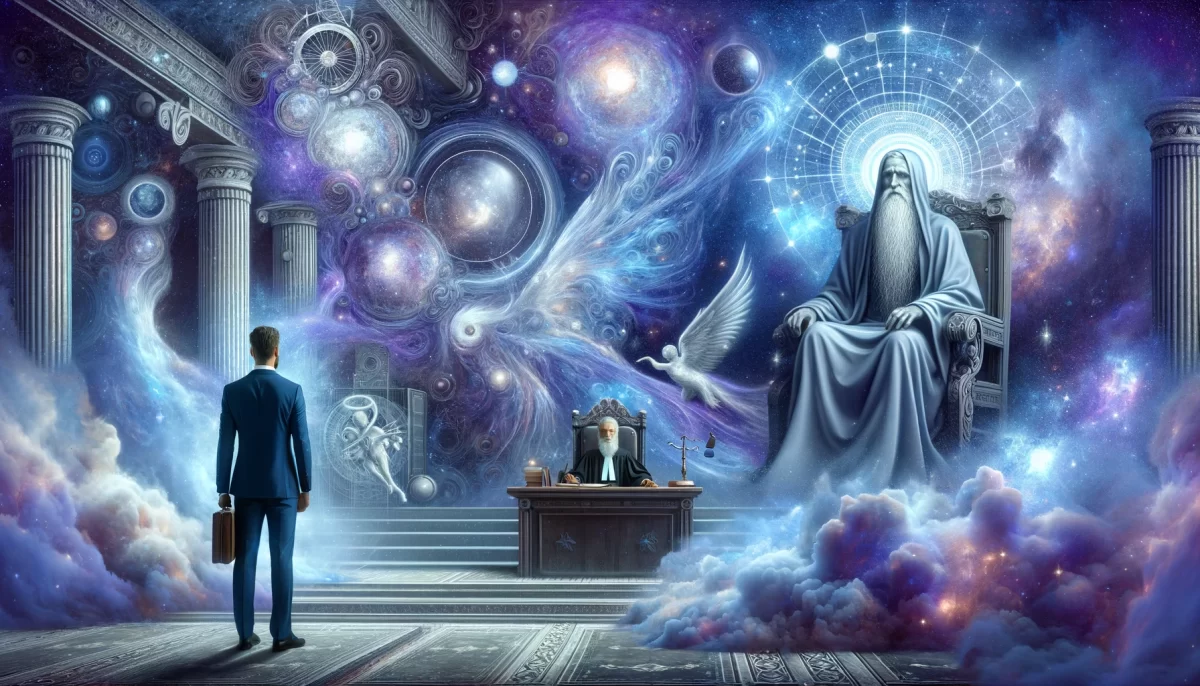
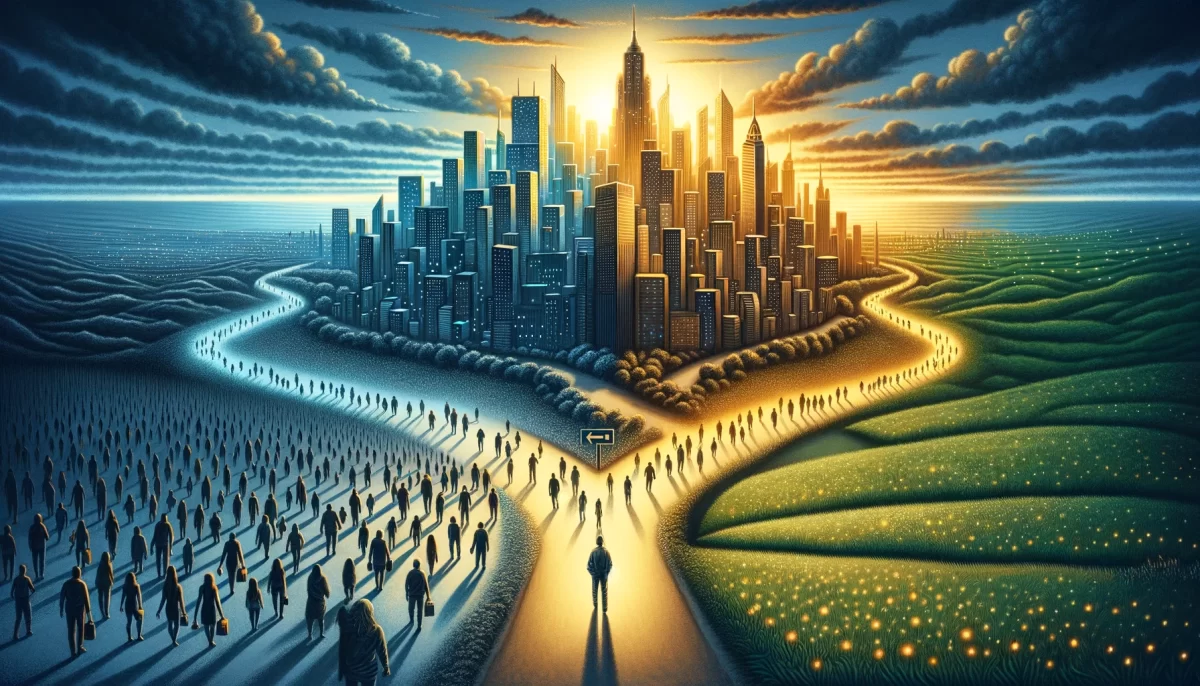
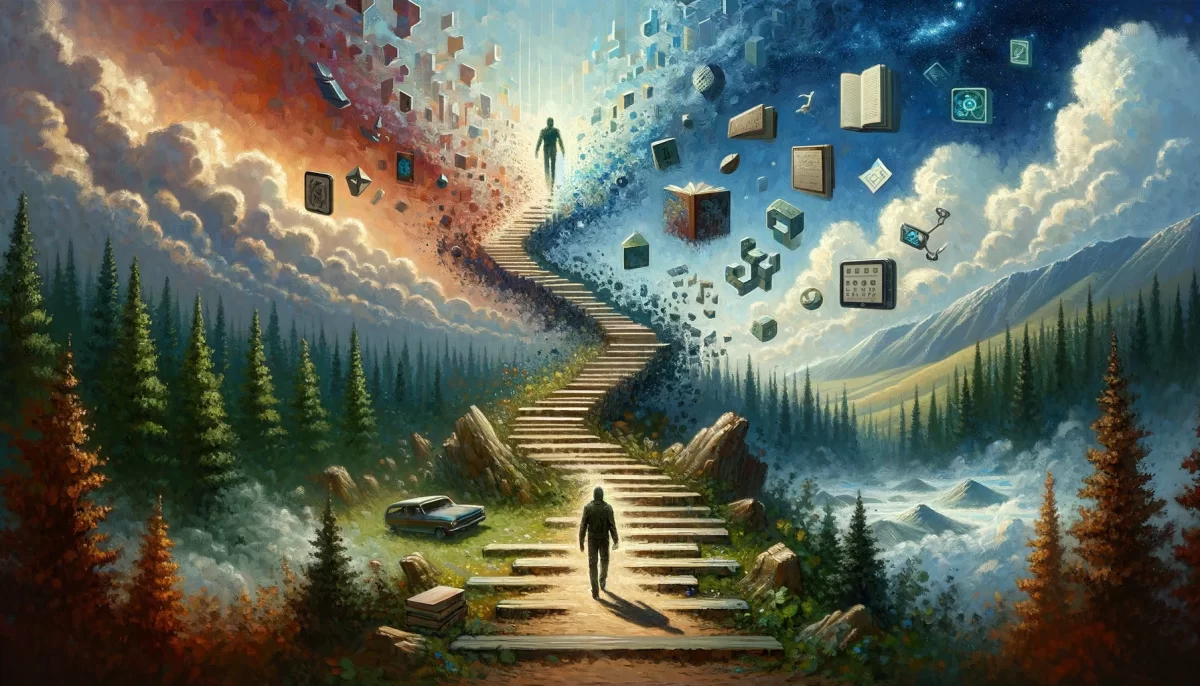
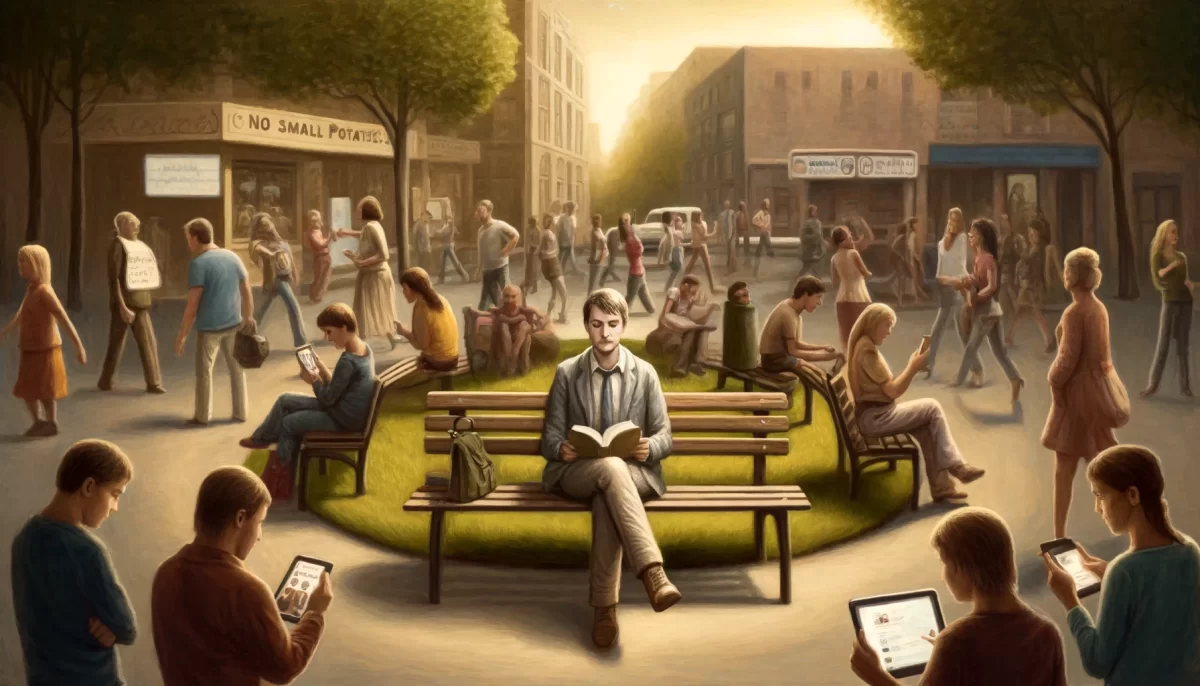
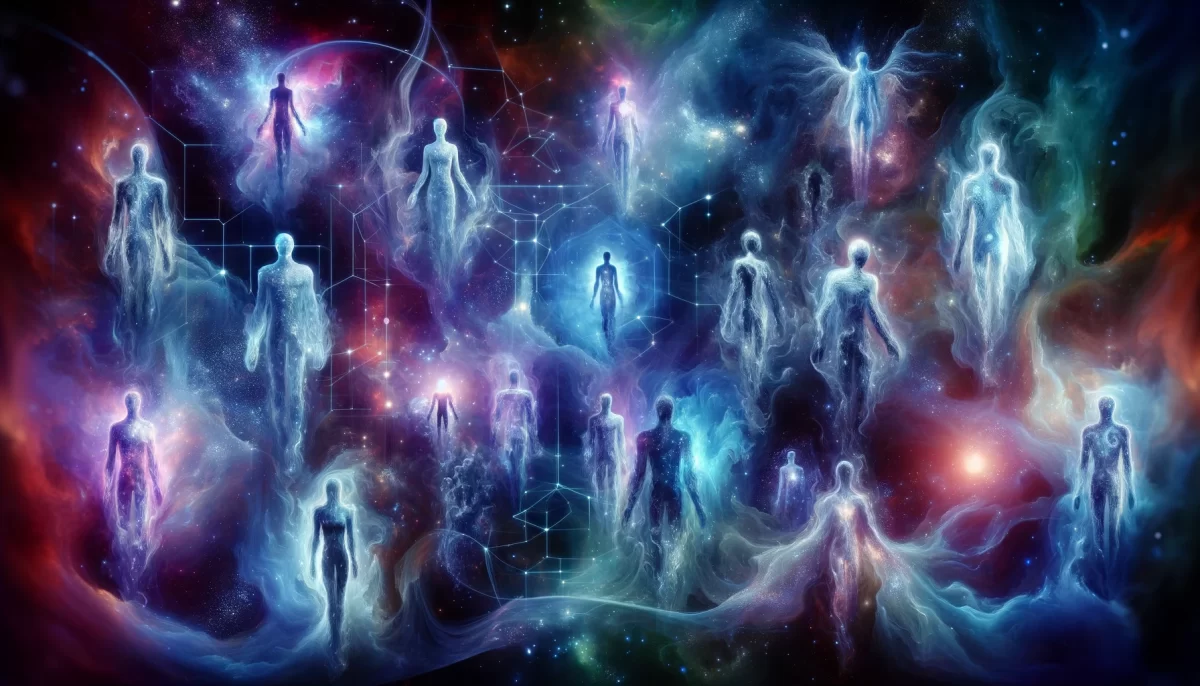




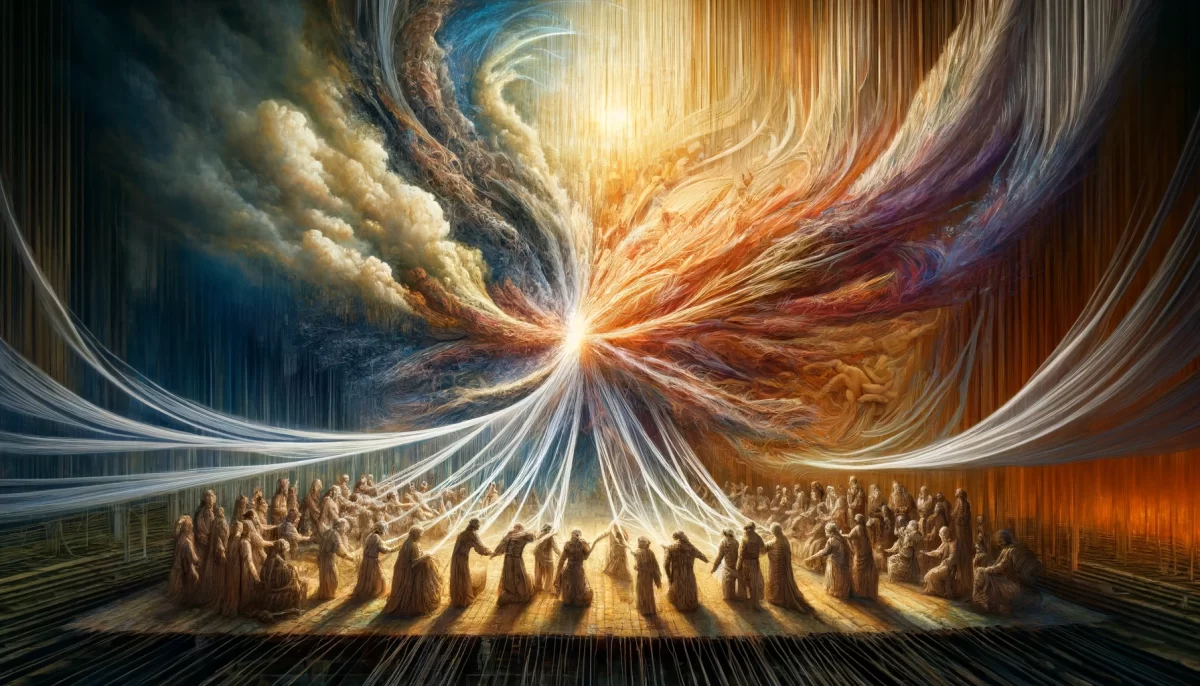
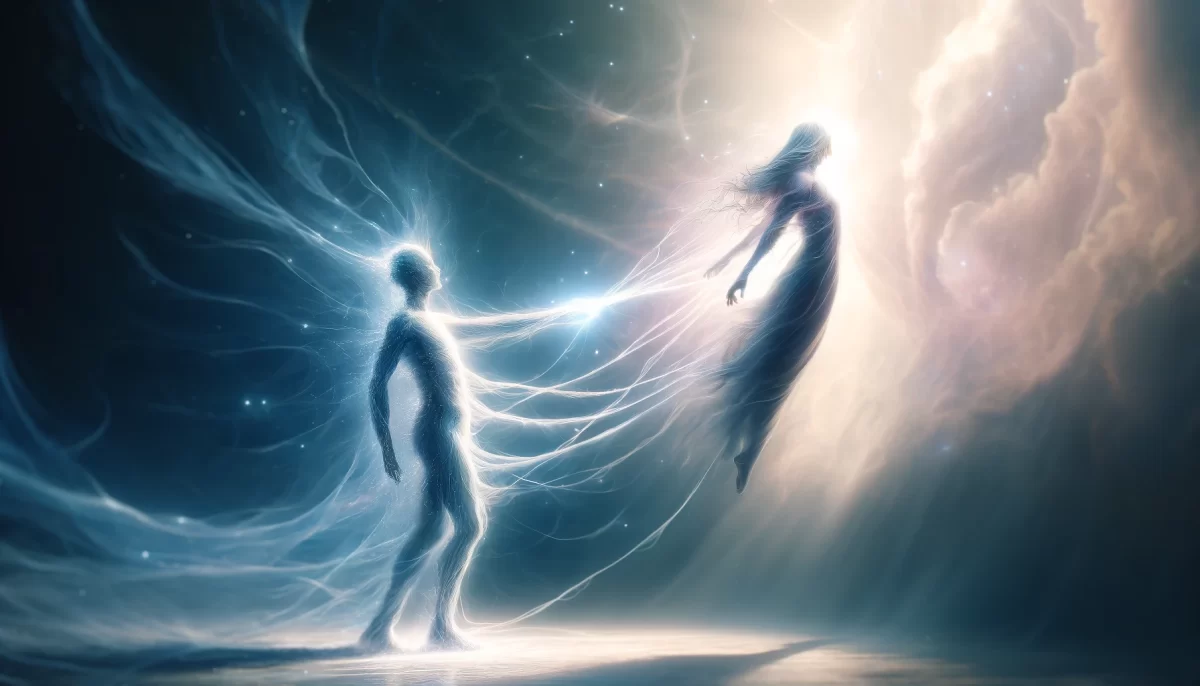
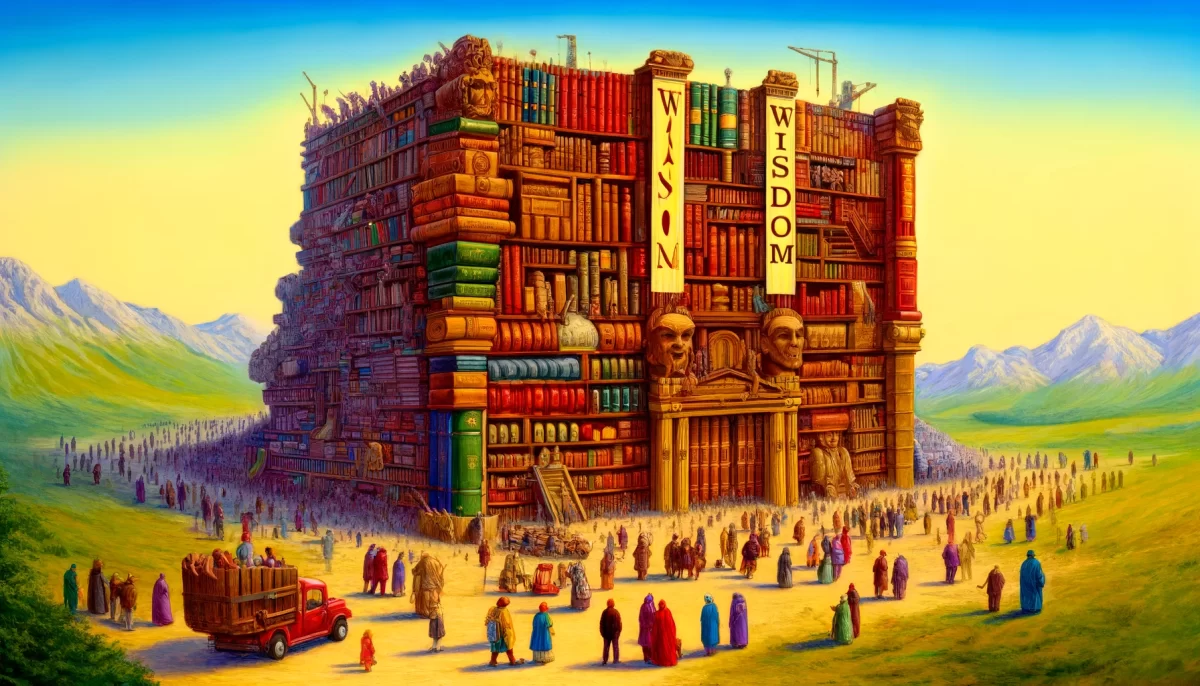

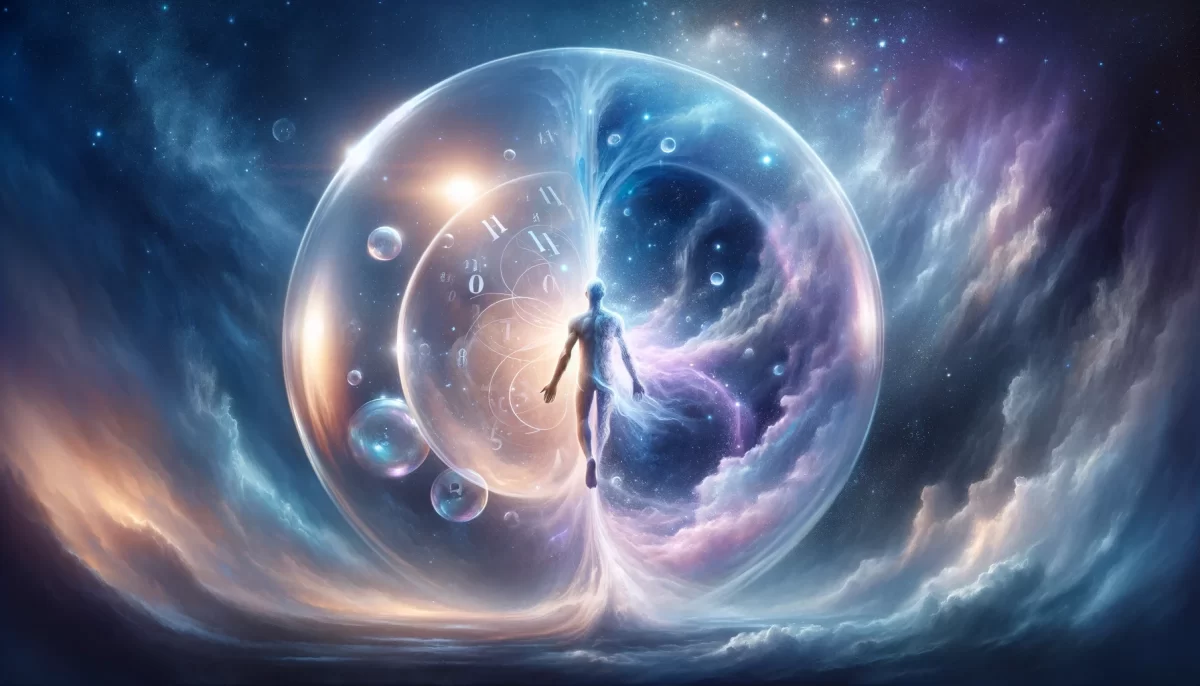

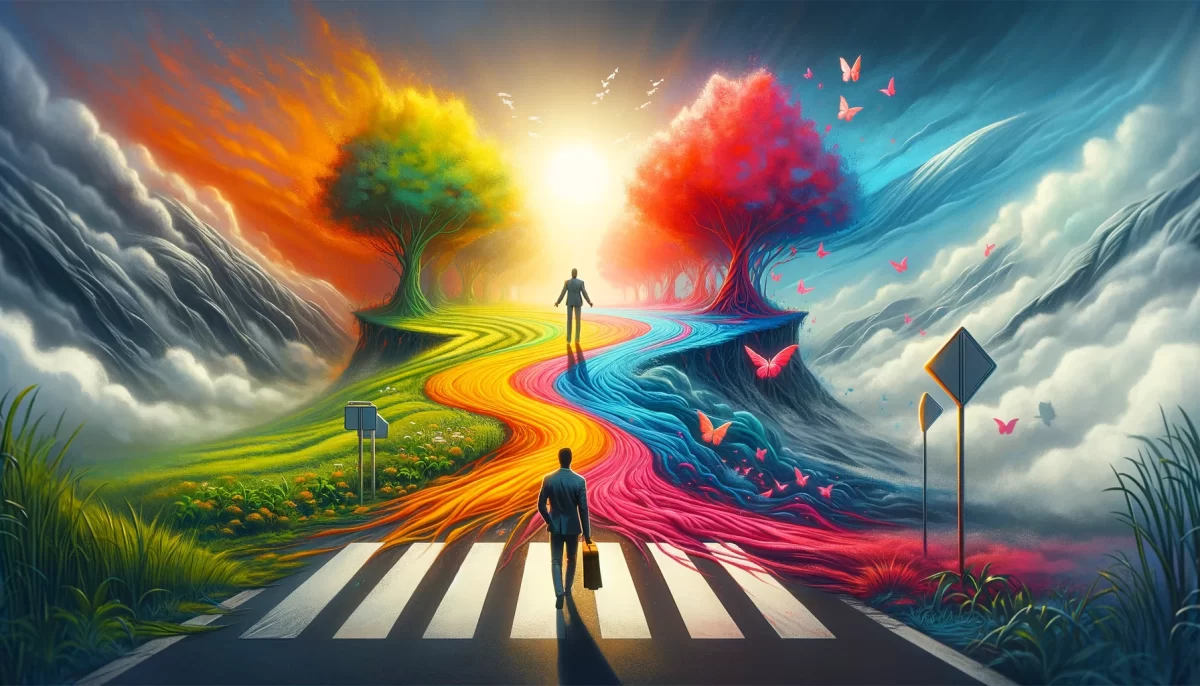
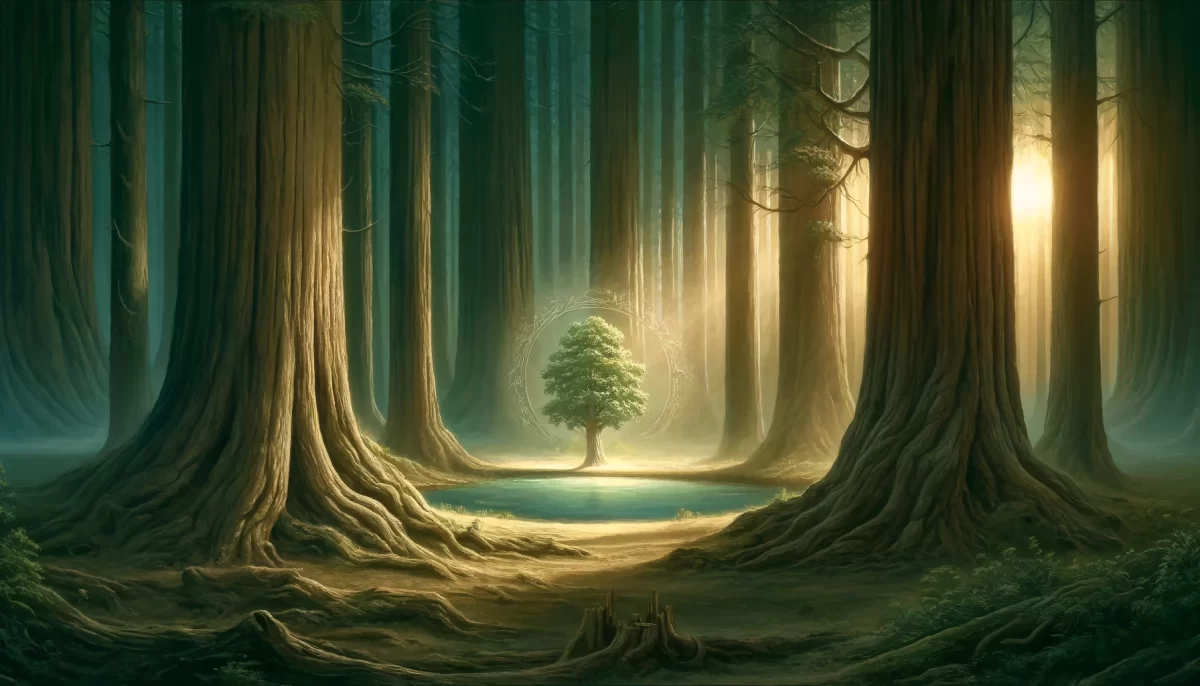



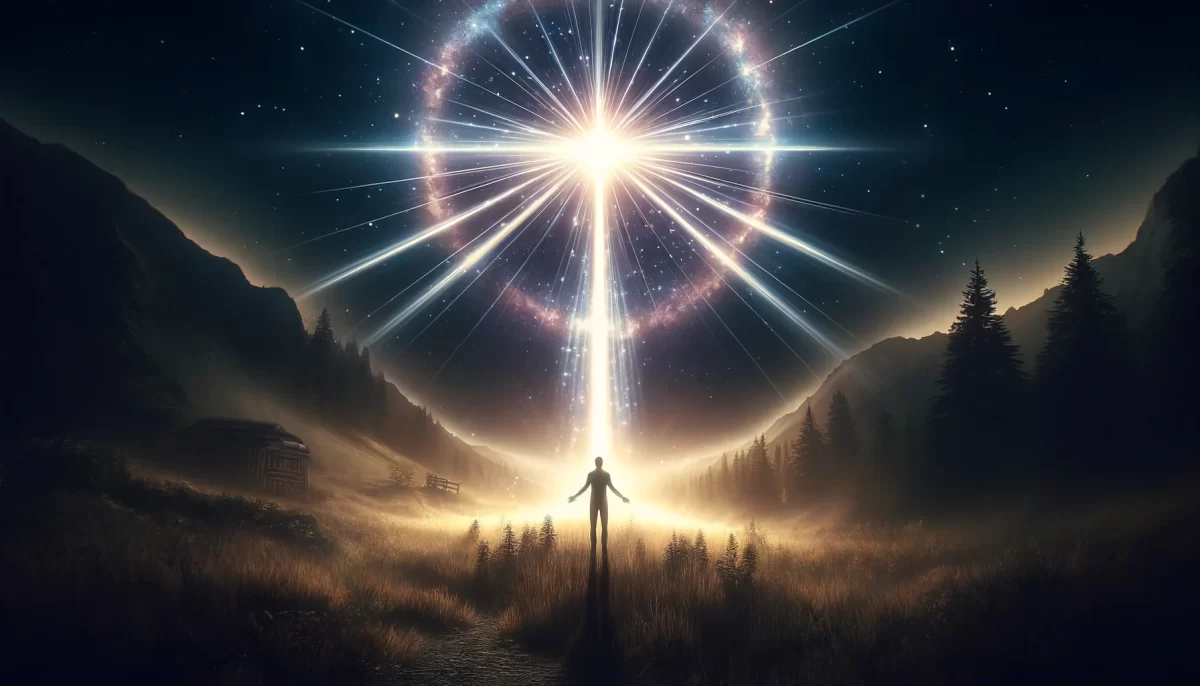
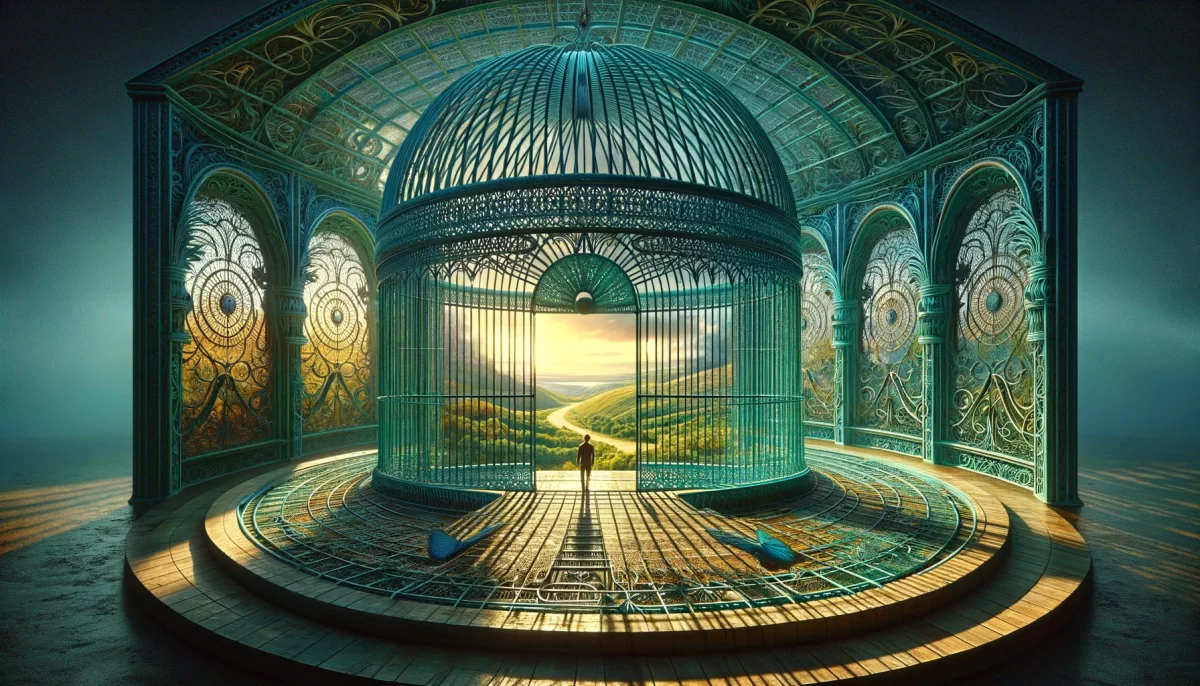
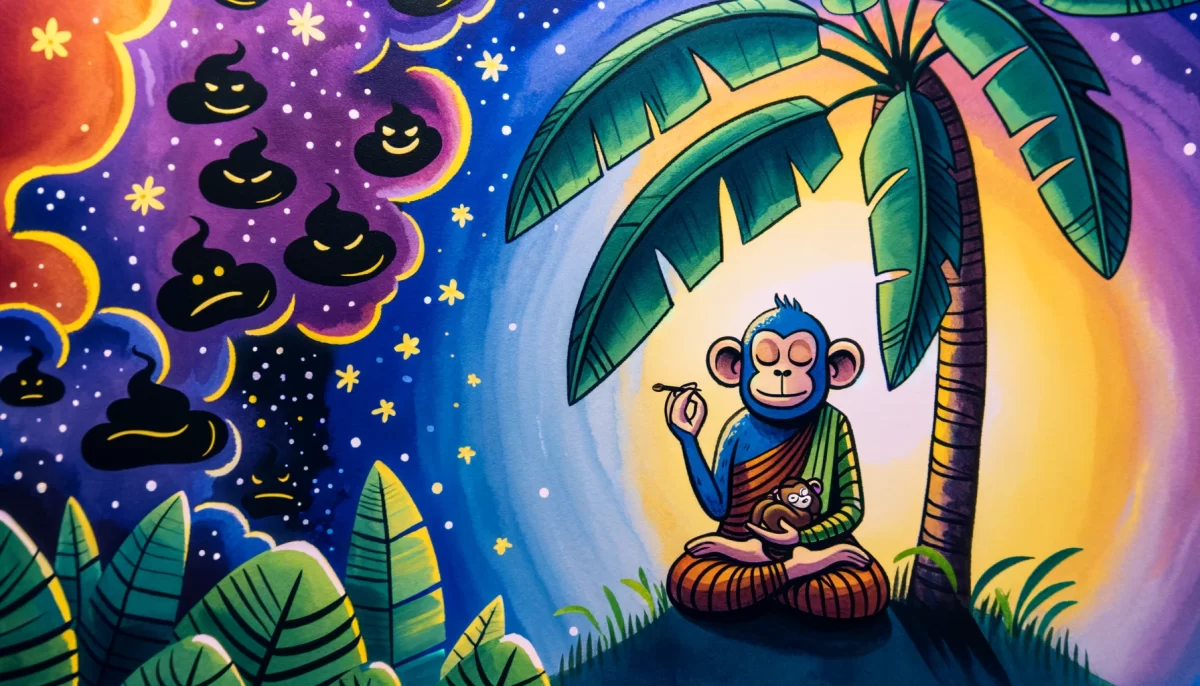
Leave a Reply